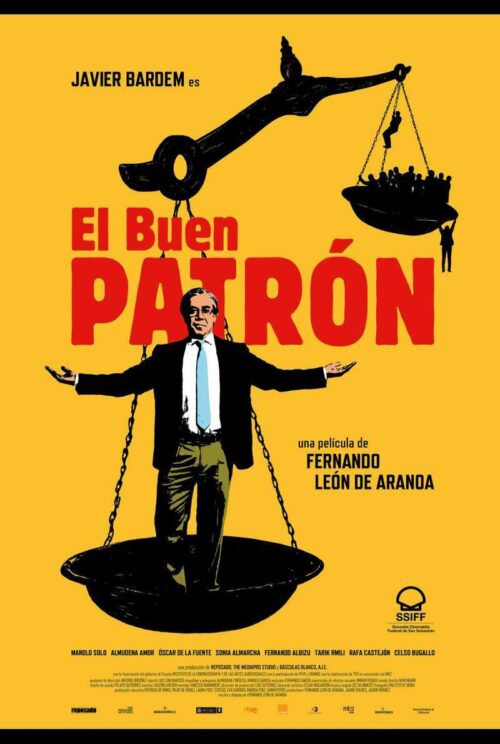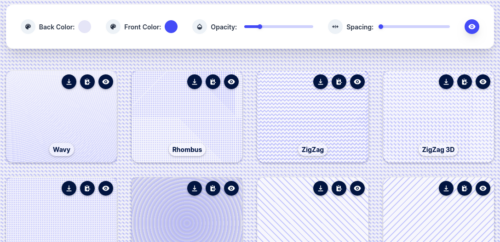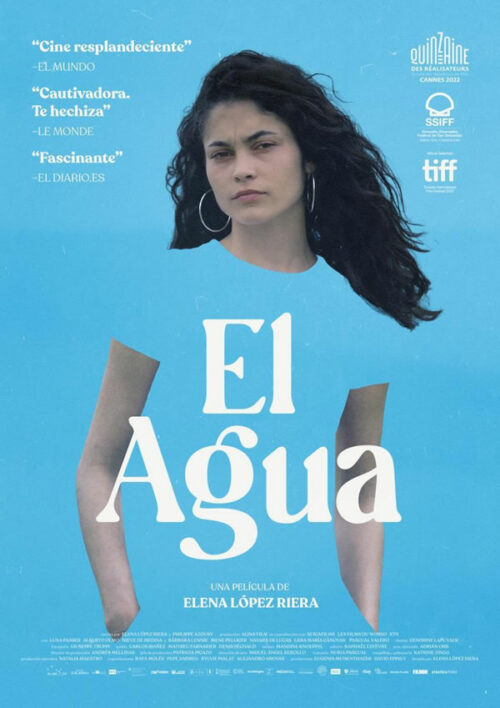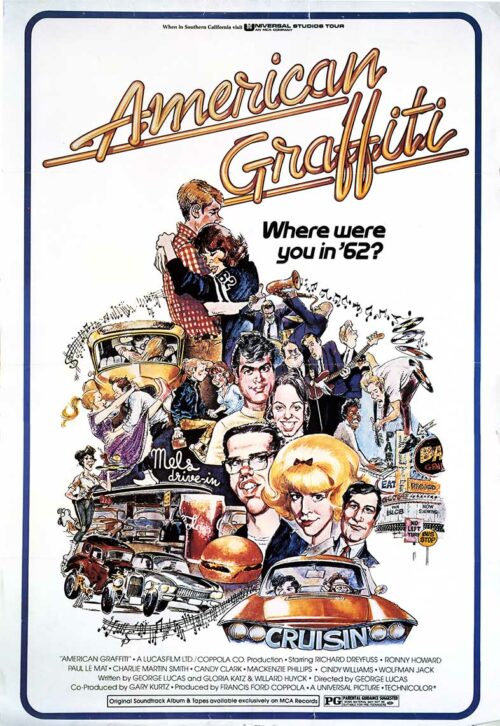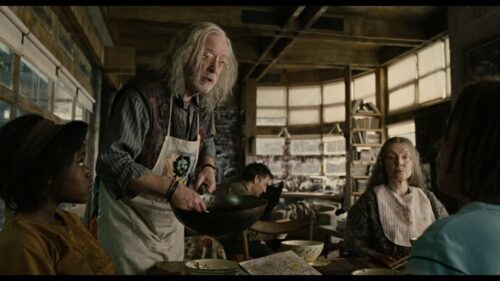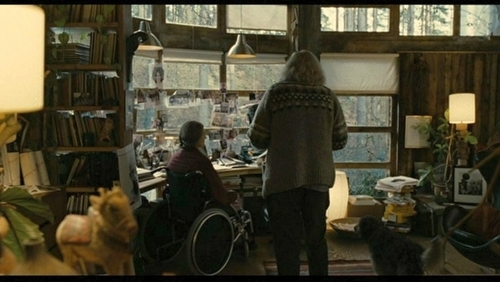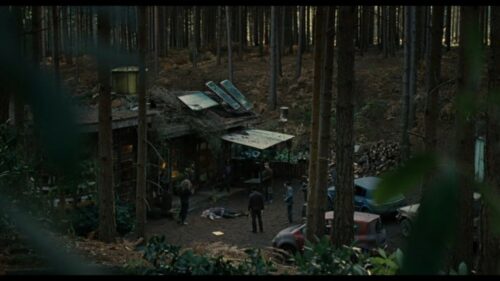Mi lengua materna es el catalán, lo que pasa es que el castellano lo hablo más o menos bien. Uno tiene su acento, pero tengo más cultura musical en castellano que en catalán, porque en catalán no puedes escuchar prácticamente nada. En castellano es más jodido rimar porque siempre te queda una sílaba atravesada: tarará… ta!, y se te queda descolgada. El catalán lo encuentro más bonito que el castellano. Lo que pasa es que el español está más mal hablado por la gente, hay más cosas, más acentos, menos respeto por la lengua y, por tanto, se pueden hacer más cosas. Sin embargo, el catalán es una lengua con la que si te pones a crear palabras nuevas o a hacer gracias, como hago con el castellano, hay quien se sorprende. La gente piensa: pudiéndolo decir bien, por qué lo dices mal, ¡joder!. Eso en Cataluña es un razonamiento lógico. Claro, que también te puedes divertir porque podrías destrozarlo más. Tendría esa gracia, pero como no hay nadie que lo haga es más aburrido. El castellano es más divertido porque se juega más con la lengua. Es más poderoso, lo habla más gente. Creo que si al catalán le hubiera pasado lo mismo que al castellano sería cojonudo. Con el castellano sucede que lo escuchas mucho más, lo sientes y, por tanto, piensas también en castellano a la vez que en catalán. De hecho hace mucho que no escribo en catalán. Me olvidé total. Ahora he hecho cinco o seis canciones en catalán y me ha acabado pareciendo que ya no sé escribir en catalán.
Esa canción la solían tocar los músicos para hacer las pruebas de directo. Un día me dijeron: ¡Vamos a grabarla!, y la grabaron. Luego siguieron: ¡Vamos a meterla en el disco!, y yo dije ¡sí!, eso que digo siempre, pero la verdad es que no tenía ni la letra ni hostias, sólo ese play-back de puta madre. Busqué la letra original y no entendí absolutamente nada. Entonces, el Chavi, mi manager, que sabe inglés, me explicó lo que significaba la canción. La hice a partir de ahí. Me dije: el Joey me parece a mi que es un camello, y este otro es tal, y alguno que no sabes qué es, pues lo pones de otra manera y ya está. No sé si en realidad algún personaje se parece al de la canción original. Salió así. Cuando no sabes inglés, ¿qué vas a hacer? Lou Reed me gusta mucho, pero fui a elegir una canción que, de tan famosa que era, nunca me la ponía. En realidad es la que menos conocía de Lou Reed. Cuando haces una versión así pocas cosas puedes ofrecer que no sea tu punto de vista. Es un pedazo de canción, así que, o te la cargas y cuela, o si no ¿para qué vas a hacer una versión de “Walk on the wild side?

